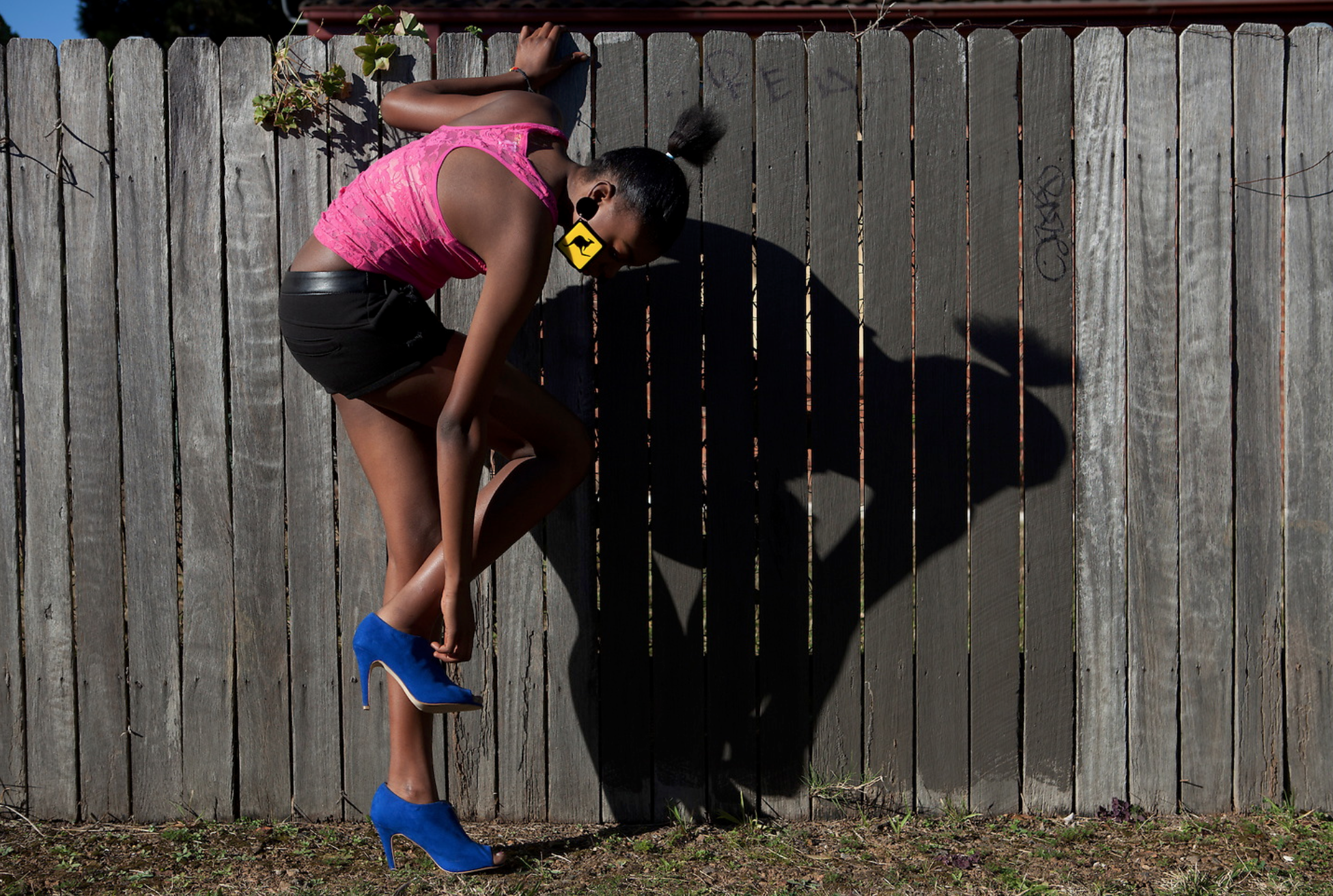AFRICAN AUSTRALIANS
Opening speech for Louise Whelan
Exhibition at Customs House
Circular Quay, Sydney
12 February 2015
I would firstly like to acknowledge the Gadigal people of the Eora Nation, the traditional custodians of this land and pay my respects to the Elders both past and present.
The Honourable Michael Kirby – former Justice of the High Court of Australia and investigator for the United Nations Human Rights Council – would have liked to be here tonight to speak, but is otherwise engaged and sends his best wishes to us. So you’ve got me instead, and I thought I’d cheat a little bit and quote Michael Kirby from his introduction to Louise’s New Settlers book that was launched here at Customs House in 2013.
“I hope that amongst the highest values that will emerge from our journey over the last century will be a dedication to notions of acceptance of diversity, respect for equality, and pride in our inheritance. That inheritance includes that received from the ancient Indigenous people of the land. From the people who have come to Australia from the four corners of the planet.”
Now as we know, Africa is not a single country, but the Foreign Minister Julie Bishop had to pointedly remind the Australian Parliament in the first day of Question Time earlier this week. The minister explained that schools across some of the 54 countries that make up Africa are working on a campaign to reject stereotypes and misinformation. As she was shouted down, the foreign minister was then reprimanded by the other Bishop in the house for using a prop – a map of Africa the continent. But the point was made.
A similar point should be made that the continent of Australia consisted of hundreds of distinct Indigenous cultural and language groups before colonisation. Today, some 150 Aboriginal languages are still spoken, but added to these voices are more than 200 other languages, spoken by the new settlers here. As Australians, it is vital to our community cohesion to always remember and acknowledge that we stand as a free people on Aboriginal land. And we still owe a debt for this.
I’ve known Louise Whelan for several years, and witnessed her unstoppable energy and devotion to raising her family, and seen that energy transfer across to her broader family: the multicultural communities of Australia. Louise’s ongoing social documentation of Australia’s many migrants started as a small project more than a decade ago, inspired by her curiosity and abiding interest in Australia’s vibrant but often underrepresented new communities.
Louise’s work documenting the faces, customs and celebrations of contemporary Australia garnered her a Finalist spot in the National Portrait Prize, and she is now working with the State and National Libraries of Australia to undertake this vast and inspiring project, presented here in part in this extraordinary installation organised by Jennifer Kwok, Samantha Williams and the Customs House team.
The photographs in this beautiful exhibition that you can see here tonight across three levels of Customs House, are a testament to the strength and adaptability of our African brothers and sisters who now call Australia home.
Louise has captured the life, laughter, love and especially the awesome fashion tastes of new Australians who hail from Africa including (and please shout out if you come from these places): Rwanda, Sudan, South Sudan, Democratic Republic of Congo, Sierra Leone, Burundi, Liberia, Senegal and Ghana.
Louise’s outstanding use of the bright and unforgiving Australian light caused documentary film director Peter Butt to describe her as a ‘light magician’. But there’s not only magic in Louise’s use of photographic light, there is magic in the way she has earned the trust of those people celebrated in the photographs and present here tonight. There is magic in the way people across Australia have opened their homes to her, inviting Louise into their lives to reveal what she calls “the visual interaction from the vibrant energy of the African colour palettes and patterns with Australian suburbia and landscape”.
Louise’s compositions in portraiture are calm, respectful, colourful, humourous and, most of all, honest. Her images reveal the strength and pride of new African Australians undertaking the challenge of adapting to a changing culture made up of many cultures. Each photograph captures the everyday beauty of life, whether it’s at the local park, in the backyard, or in the suburban lounge room.
I was fortunate enough to get a personal tour earlier this week and for every image here Louise can tell you hilarious and touching stories about every person, every place, every event she has photographed. More than just social documentary practice, Louise has come to realise that her photographic subjects are her friends, and this is the greatest lesson that we can learn from tonight – that friendship and mates will overcome all obstacles.
Louise’s photographs are unique to our country and unique to our people. They are a celebration of community, family, diversity and survival. But above all, Louise's photographs are a celebration of trust, a celebration of hope, and a celebration of love, and if ever the world needed more trust, more hope and more love, it is now.
Enjoy the show tonight – and I hope you all make some new friends.
